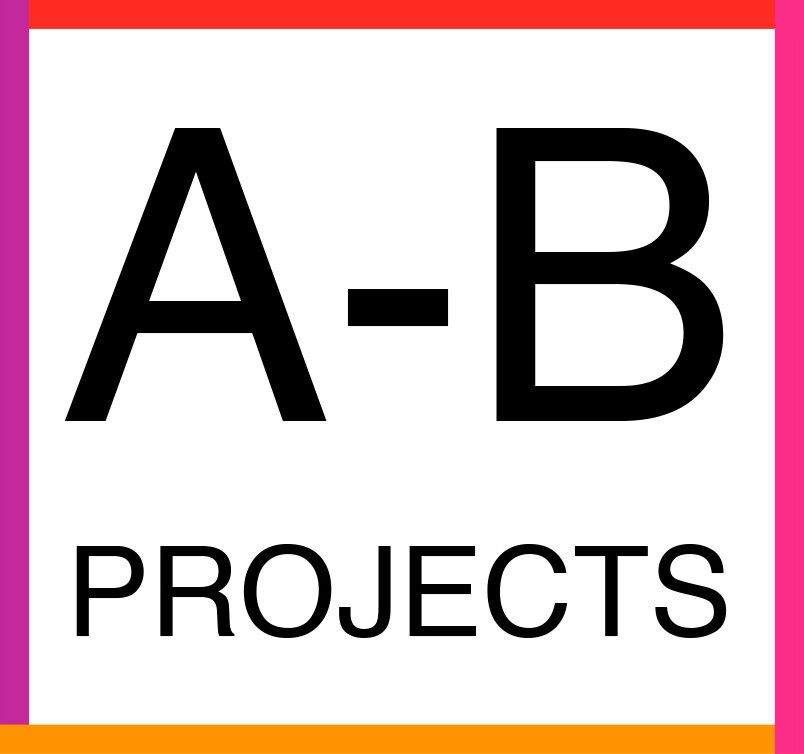Andres Payan Estrada
Body Language: Human Trace and Digital Touch
November 2020 “.edu edition”
Discussion Guide: Body Language: Human Trace and Digital Touch
Summary: Collective Discussion from November 2020
Exercise: #DigitalClayBodies
Material for Exercise: 25lbs of B-Mix Digital Clay
Tutorials for Exercise: #DigitalClayBodies
Select Readings:
#Ceramics by Andres Payan Estrada
Extending Vocabularies by Andrew Livingstone
Material by Monika Wagner
The Melancholy Object of Art by Peter Schwegner
About the topic
Our deeply engrained human instinct to touch is one of the primary ways that we connect with each other and with the world around us. We use tactility as a form of exchange, a way of leaving an imprint or a trace, a method for discerning our realities within and beyond our own bodies, and even as an attempt at understanding the incomprehensible. For Body Language: Human Trace and Digital Touch, we will explore how our nascent impulse to touch influences contemporary forms of communication and how our evolution into the digital realm affects, impacts, and relates to contemporary material and object politics. Clay—and its ability to record our touch—has archived our histories, individualities, and social structures; how are we using it to propel ourselves and our communities into the future?
This State of Ceramics was part of the Fall 2020 ".edu edition", a collective curriculum designed specifically for ceramic educators and students operating in digital space, which offers a menu of hands-on clay exercises, readings, resources, and collective discussions generated by artists Cathy Lu, Andres Payan Estrada, and Sigrid Espelien.
2020 has cast into stark relief the relationship between current events and how we conceive of and relate to bodies— how the coronavirus attacks and spreads between bodies, how human rights are unjustly equated with the physical attributes of bodies, how bodies navigate virtual space, how fires consume bodies of land, and how government bodies claim and wield power. Clay has the potential to be a device for elucidating these issues; clay bodies can be understood as a proxy for our bodies. With this in mind, each Fall 2020 “.edu edition” section and discussion focused upon specific questions that Cathy, Andres, and Sigrid engage with in their practices, as they relate to the shifting dynamic of contemporary ceramics within the overarching theme of Our Clay Bodies.
About the Lead Artist
Born in Ciudad Juarez, Chihuahua, Mexico, Andres Payan Estrada currently lives and works in Los Angeles. An artist and curator whose practice focuses on issues revolving around contemporary craft and material practices with a focus on ceramics, he is currently the curator of public engagement at Craft Contemporary and visiting art faculty at the California Institute of the Arts.


